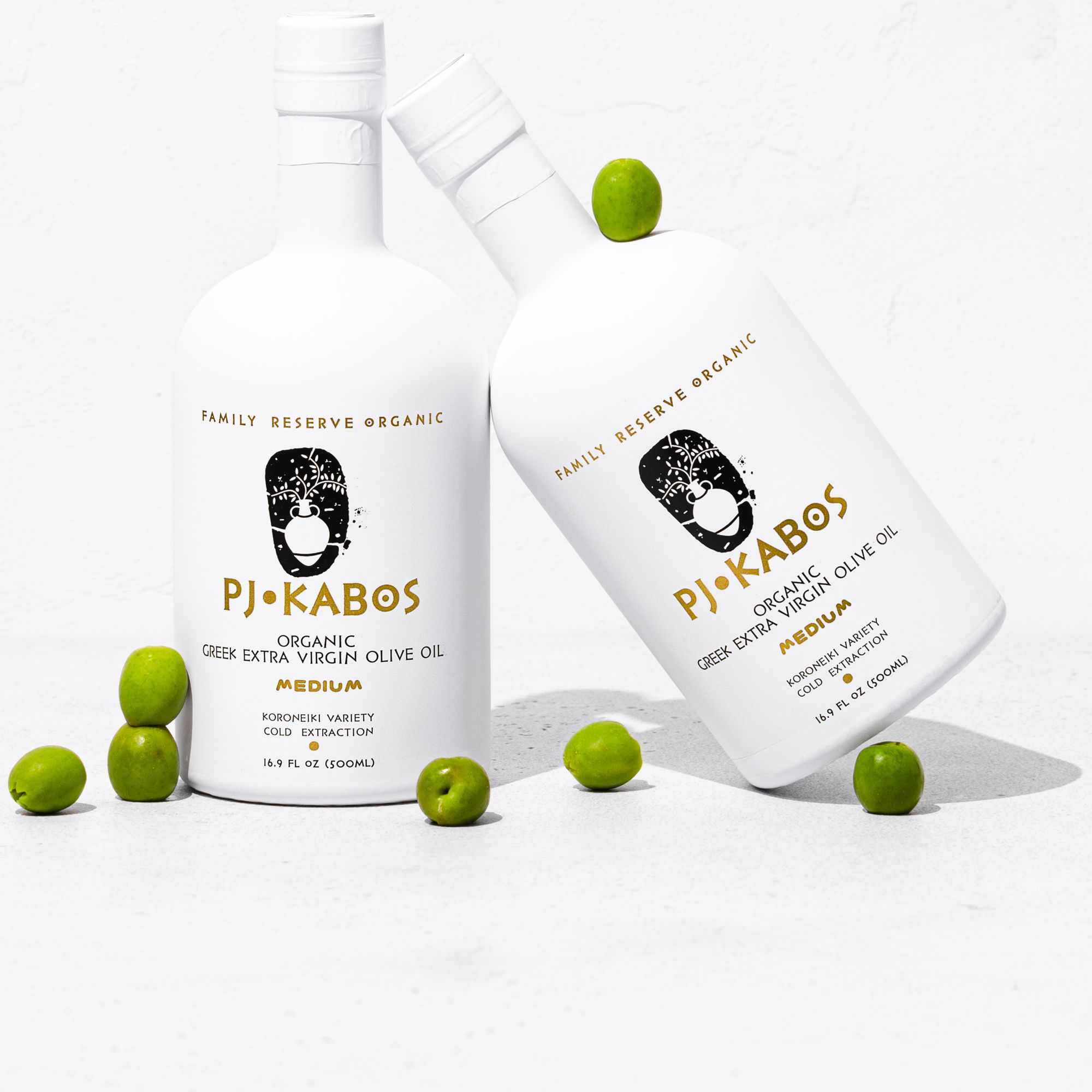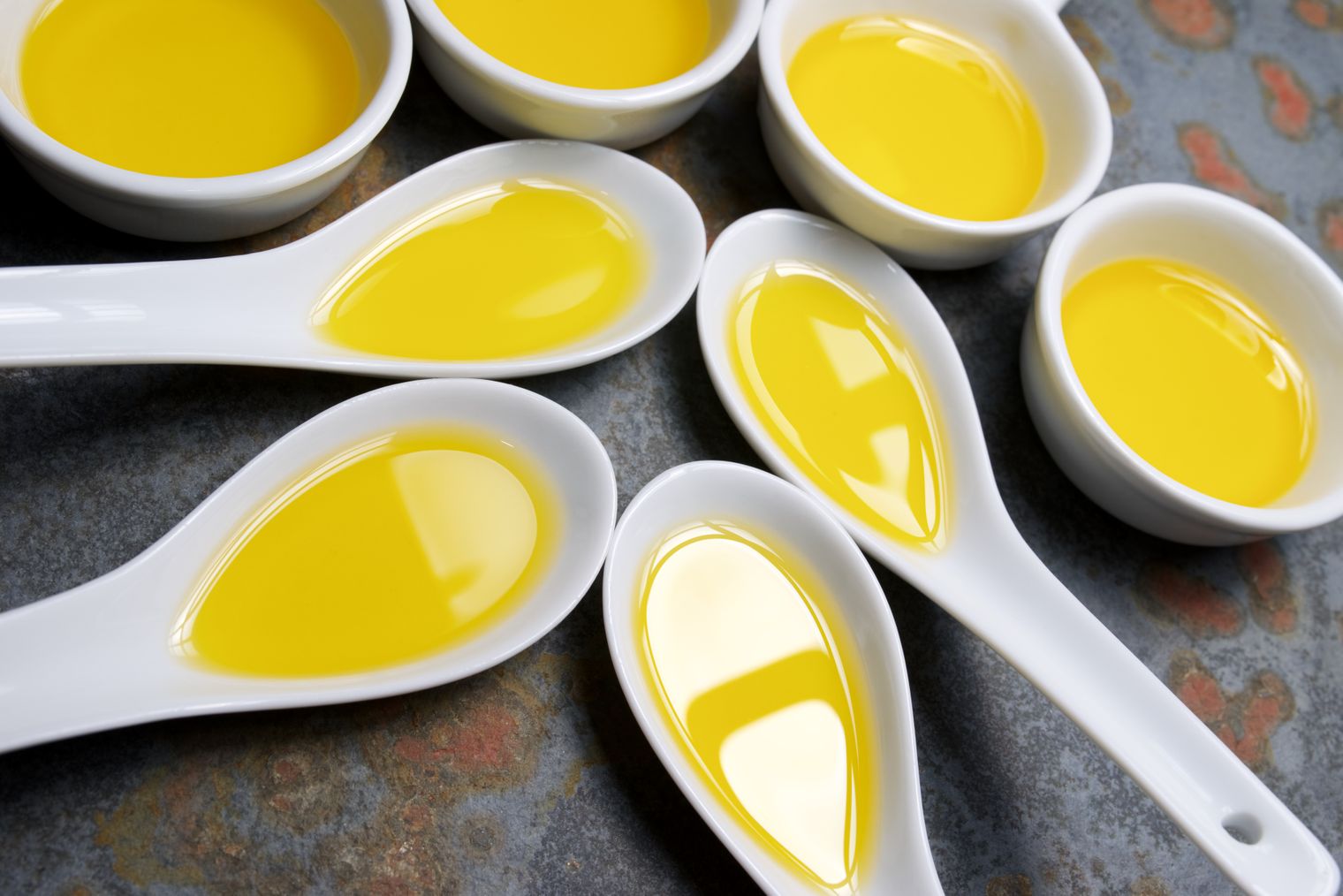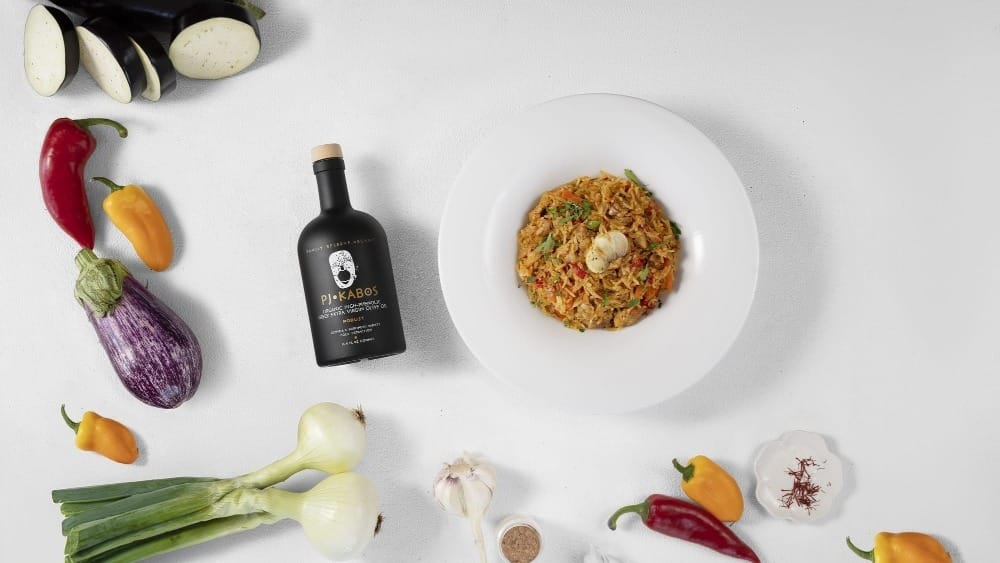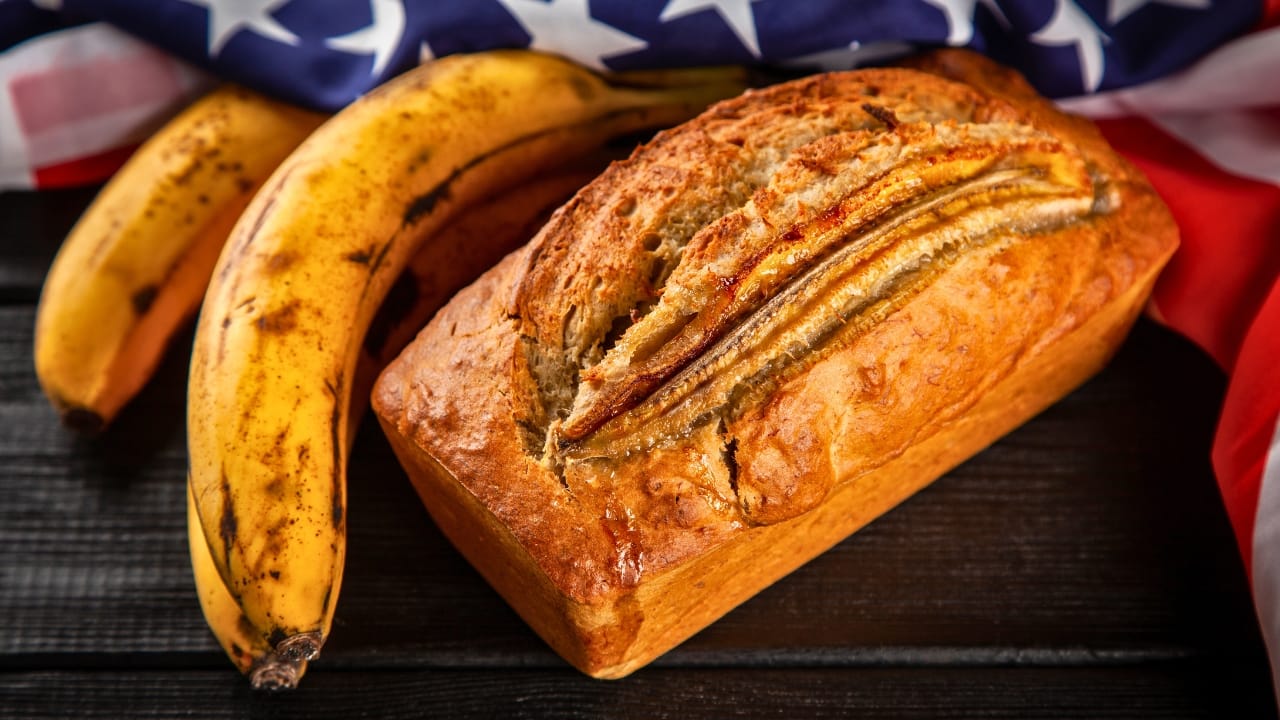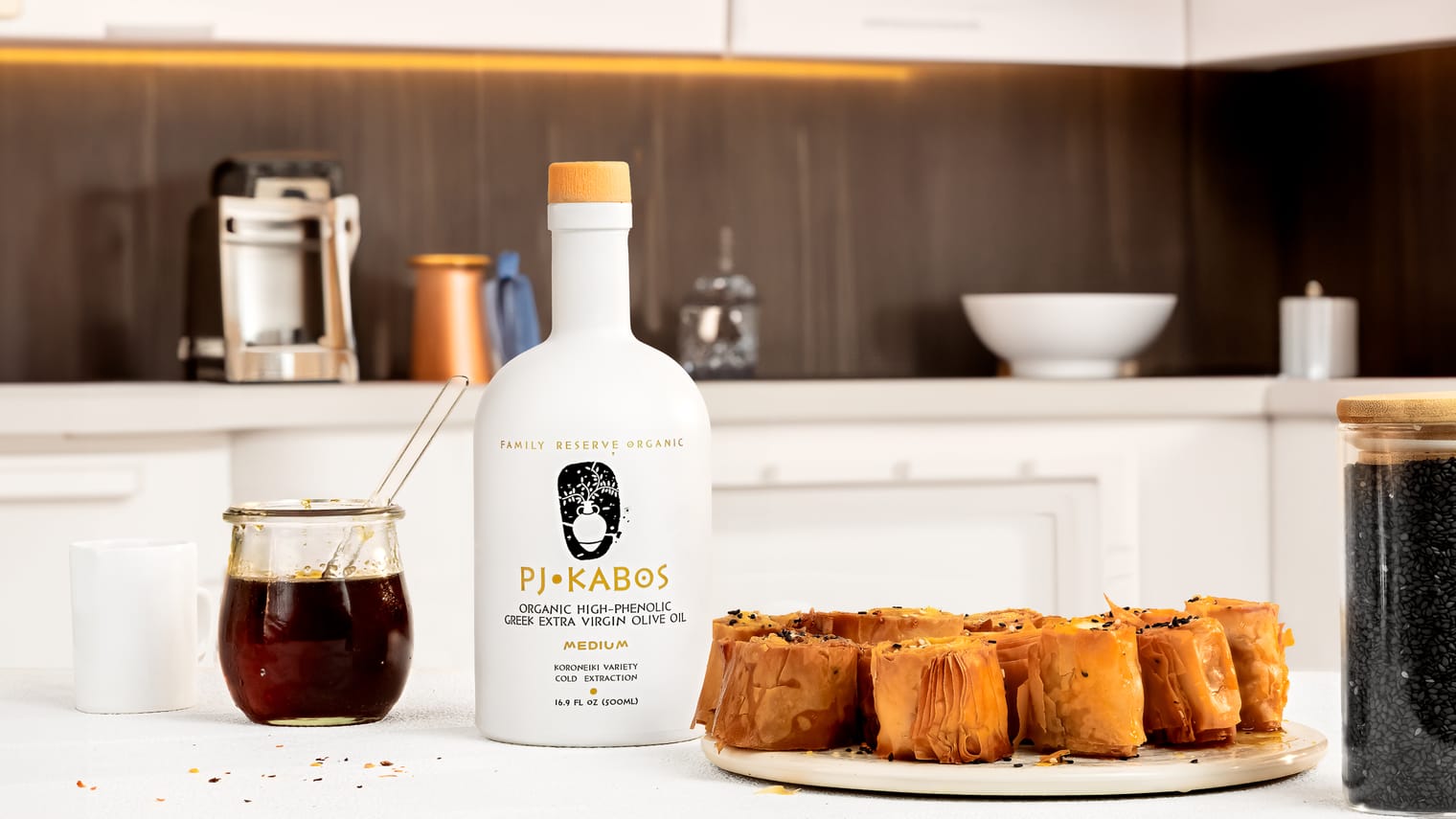Want to instantly make your next dinner party more interactive and memorable? Turn it into an olive oil tasting party!
Like wine, high quality olive oils can range quite a bit in flavor depending on a variety of factors, including the types of olives used, when the olives are picked, how the oil is made and growing conditions such as climate and irrigation—all of which affect levels of polyphenols and other sensory compounds.
Case in point: Olive oil made with green, unripe olives picked early in the growing season often have more intense, vibrant flavors described as peppery, grassy, herbaceous and vegetal; while ripe olives picked later in the season yield a smoother, ripe fruity olive oil. Some olive oils even have notes of green tea, tomato leaf, green apple, and artichoke!
Consider throwing an olive oil tasting as…
- A precursor to an olive oil-themed dinner
- An activity for a Mediterranean-themed party
- A fun, booze-free date night idea
- Part of a happy hour or cocktail party (gotta balance out those Aperol Spritzes!)
In addition to being just plain fun (and, you know, making you seem cultured), an olive oil tasting can help you figure out what kind of olive oil you really like. Spoiler: Once you taste test some high quality olive oils, you may want to toss your generic supermarket EVOO.
How To Prepare For Your Olive Oil Tasting
There are a few basics every good olive oil tasting should include to feel extra legit. So be sure to grab these items before you get to sniffing and slurping:
- 3 to 6 types of high quality olive oil
- Tasting cups or small wine glasses
- Palate cleansers—professionals use green apple slices and plain or seltzer water, but bread will be appreciated by most novices
- Spit cup (optional, but recommended if you’re tasting a lot of oils)
- Pen and paper for notes, or an olive oil tasting sheet
Best Olive Oils For An Olive Oil Tasting
First and foremost: Don’t bother with anything but extra virgin olive oil—other types of olive oil, like pure olive oil or light olive oil, won't have the flavor nuance you need for an interesting tasting.
Within the EVOO category, there are three main flavor groups to consider: intense or robust, medium, and delicate or mild. Opt for an olive oil from each category, plus a supermarket option, since these tend to be milder and may help you notice additional differences in flavor and quality.
How To Taste Olive Oil
There are several basic steps to get the most out of your olive oil taste test. So gather your pals and follow this formula:
1. Pour
Pour about 1-2 tablespoons of oil into a small wine glass, snifter glass, or official olive oil tasting glass. Ideally, the glass or cup will be tapered so the aroma can waft up to your nose, but it’s not essential. Cover your cup with your hand or a coaster to keep the aroma from dispersing.
2. Inspect
Olive oils can look completely different from one another—from vibrant green to pale yellow, often depending on when the olives were harvested. So make a note of its appearance, viscosity, and color. But keep in mind, color is not necessarily indicative of better quality or flavor.
3. Swirl
Swirl your cup, while covered, to help release the olive oil’s aromatic compounds.
4. Sniff
Remove your hand or coaster, stick your nose in the top of the glass, and deeply inhale through your nose. First, take note of your initial reactions: Does it smell good or bad, strong or mild? Then, take a few more whiffs and note any specific smells you pick up.
Some specific aromatic and flavor descriptors used by olive oil pros include:
- Fresh-cut grass
- Green apple
- Tomato leaf
- Herbaceous (fresh green leafy)
- Green or ripe banana
- Floral
- Buttery
- Nutty
- Green olive
- Ripe olive
There are also smells that indicate your oil may be low quality, or stale:
- Rancid: stale nuts, putty or crayons
- Musty: mildew or mushrooms
- Fusty: the smell of anaerobic fermentation, similar to decaying vegetation or a mushy brown Kalamata-style olive
- Winey: wine, vinegar or nail polish aromas from aerobic fermentation
5. Sip
The best way to experience the full flavor of an olive oil is to slurp it—yep, things will get noisy!
- Take a sip of olive oil, enough to coat your entire tongue and mouth. Hold it in your mouth to warm it a little and notice the flavors. Then suck some air through the oil to make a slurping sound. This releases volatiles and helps you pick up more aromas. Then, exhale through your nose.
- While doing this, notice the “retronasal aroma” of the oil, or the aroma that enters the back of your nose from your throat while the oil is in your mouth. Additional aromatic compounds are released once the oil is in your mouth, so this aroma includes many more odors than when you simply sniff.
- Notice how the taste of the oil compares to the smell, and write down some of the main flavors and additional aromas you notice. Use the descriptors listed above as a guide.
- Swallow at least a small amount of the oil in order to assess the pungency (detected in the back of the throat). There’s no harm in swallowing all of it (olive oil is chock full of health benefits), but if you’re trying a bunch of oils, you may want to spit some of the sample. It's better to take a decent mouthful and spit most of it than to take a tiny sip and only wet the tip of your tongue.
6. Discuss
Throughout this whole process, chat with your fellow olive oil tasters! Did someone pick up notes of lemon while you picked up fresh cut grass? Did someone else pick up tomato leaf or artichoke? Take additional sips and sniffs to try and notice flavors and aromas you may have missed. You’ll be amazed at the amount of nuance in just one oil.
This is the fun part, and it’s basically an instant conversation starter if you’re around new people.
7. Cleanse Your Palate
Between oils, you want to “reset” your palate so you can fully experience the aromas and flavors of the next oil. Don’t eat anything that will linger in your mouth and impair your ability to taste, like spicy foods. The best palate cleanser is green apple slices followed with a sip of water or plain seltzer. Bread doesn't do much to cleanse the palate, but it will absorb some oil and give the taste buds a break.
8. Repeat
Repeat this process with your remaining olive oils, compare their taste, and keep track of your favorites!
Olive Oil Tasting Sheet
Consider creating your own olive oil tasting sheet (or find one online) to fill out for each oil. Consider including a list of different sensory descriptors that you can circle, a rating scale from 1 to 5 to note the intensity of each oil’s aroma and flavor, and space for additional notes.
Product placement
PJ KABOS 'Family Reserve Organic - Medium'
High Phenolic and 2022 Gold-Award Winner.
Declared as 'One of the World's Best Olive Oils'.
Click here to shop.
